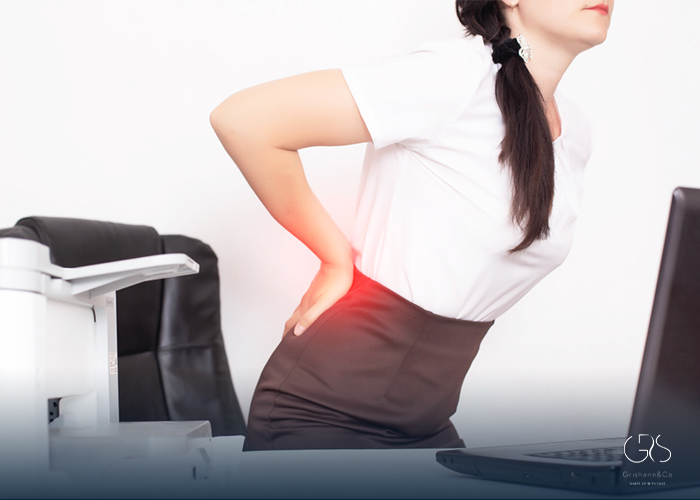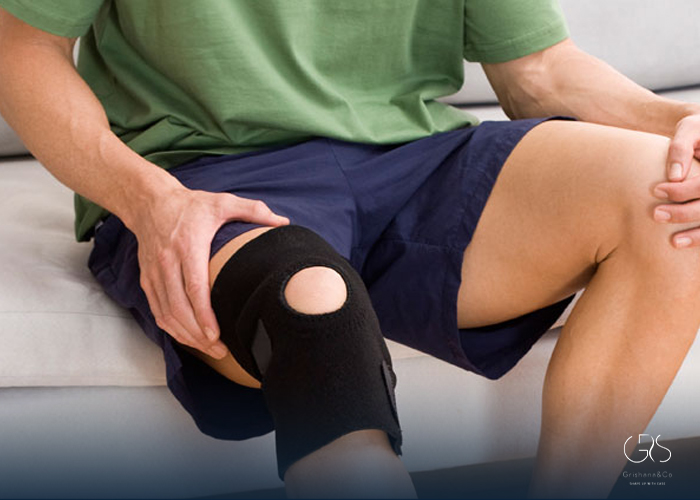Sciatica is a common condition that is characterized by pain, numbness, and weakness in the lower back, buttocks, and legs. It occurs when the sciatic nerve, the longest nerve in the body, is irritated or compressed. While there can be several causes of sciatica, understanding the underlying factors and adopting effective pain relief strategies can significantly improve the quality of life for those suffering from the condition. This article will explore 10 common causes of sciatica and provide insights into relieving back pain associated with it.
Causes:
Herniated Discs: A herniated disc in the spine is one of the primary causes of sciatica. When the disc protrudes and presses against the sciatic nerve, it can lead to pain and discomfort.
Spinal Stenosis: This condition occurs when the spaces within the spine become narrow, resulting in pressure on the nerves, including the sciatic nerve. It commonly affects older adults and can cause sciatica symptoms.
Degenerative Disc Disease: As discs in the spine naturally wear down with age, it can cause them to lose height and cushioning, leading to pain and sciatica symptoms.
Spondylolisthesis: This condition arises when a vertebra slips out of place and puts pressure on the adjacent nerves, causing sciatic nerve irritation.
Piriformis Syndrome: Located deep in the buttocks, the piriformis muscle can sometimes irritate or compress the sciatic nerve, resulting in pain and sciatica symptoms.
Pregnancy: The weight gain and shifting center of gravity during pregnancy can put excess pressure on the sciatic nerve, leading to sciatica pain in expectant mothers.

Spinal Tumors: Rarely, tumors in the spine can lead to sciatica symptoms by pressing against the sciatic nerve. Timely detection and treatment of these tumors are crucial for effective pain relief.
Muscle Strain: Overexertion, heavy lifting, or sudden twisting movements can strain the back muscles, causing inflammation and irritation of the sciatic nerve.
Obesity: Excessive body weight can put significant strain on the spine, leading to increased risk of developing sciatica. Maintaining a healthy weight through regular exercise and a balanced diet can help alleviate symptoms.

Diabetes: People with diabetes are more prone to nerve damage, including the sciatic nerve. When the nerve is affected, it can cause sciatica symptoms.
(To learn more about Diabetes impact please refer to this article)
Relieving Back Pain:
Physical Therapy: A tailored exercise program focusing on core strengthening, flexibility, and posture correction can help reduce the pressure on the sciatic nerve.
Medication: Nonsteroidal anti-inflammatory drugs (NSAIDs) may be prescribed to alleviate pain and reduce inflammation in the affected area

Heat and Cold Therapy: Alternating between hot and cold packs can help reduce pain and inflammation associated with sciatica.
Ergonomic Modifications: Making changes to workstations or seating arrangements to ensure proper posture and reduce strain on the back can be beneficial.
Acupuncture: This traditional Chinese therapy involves the insertion of thin needles into specific points on the body, promoting pain relief and relaxation.
Chiropractic Care: Chiropractic adjustments can help realign the spine and relieve pressure on the sciatic nerve, providing significant pain relief.
Yoga and Stretching: Engaging in gentle stretching exercises or practicing yoga can improve flexibility and strengthen the core, reducing sciatica symptoms.
Weight Management: Shedding excess weight reduces the strain on the spine and may alleviate sciatica symptoms.
Massage Therapy: Professional massage therapy techniques can help relax tense muscles, enhance blood circulation, and relieve pain associated with sciatica.

Surgery: In certain cases when conservative treatments fail to provide relief, surgery may be recommended to alleviate pressure on the sciatic nerve.
Conclusion:
Sciatica can be debilitating, but a range of treatment options, focused on relieving sciatica pain, can effectively alleviate the associated discomfort. Understanding the various causes and pursuing appropriate relief strategies can significantly improve the lives of individuals suffering from this condition. Through a combination of targeted exercises, lifestyle modifications, and professional interventions, individuals can find relief and regain their mobility.
Sources
- American Association of Neurological Surgeons, Low Back Pain
- Mayo Clinic, Sciatica
- Cleveland Clinic, Sciatica
- WebMD, Back Pain: What You Need to Know





